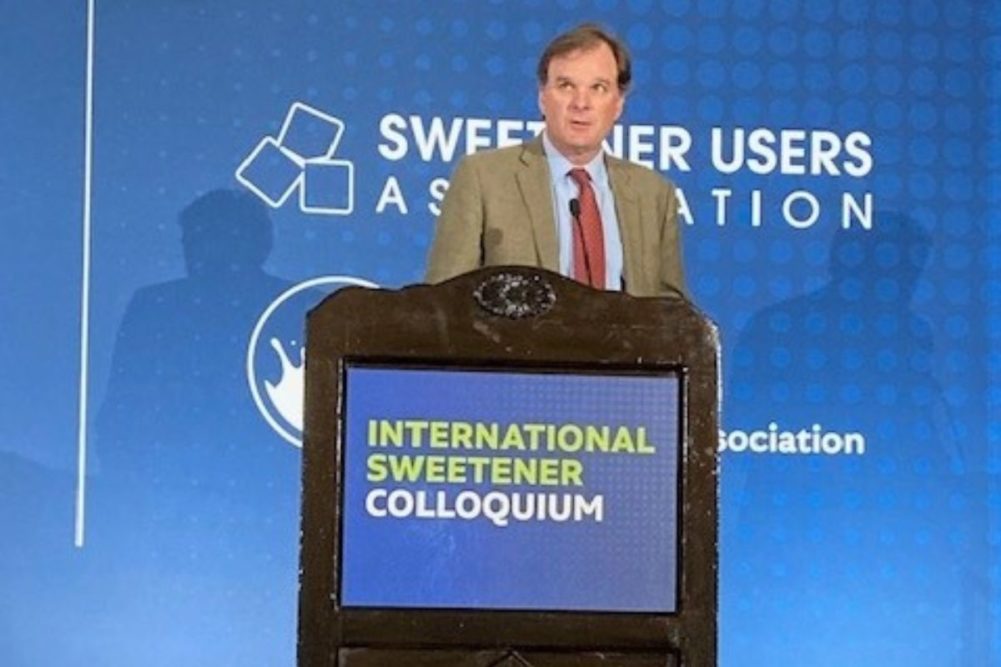LA QUINTA, CALIFORNIA, US — Among the US Department of Agriculture’s priorities are to “make sure our programs are available to everyone” and to “try to be responsive to our stakeholders,” Robert Bonnie, undersecretary for farm production and conservation at the USDA, said at the International Sweetener Colloquium on Feb. 27.
Bonnie said US farmers had record high net income in 2022, but that 50% of farmers don’t make money and many had off-farm income.
“The good numbers mask underlying challenges,” he said, including higher costs of production, higher energy prices, impact from the war in Ukraine, and others. Specific to sugar, he noted higher prices for other crops were competing for acres with sugar, and some western US areas were dealing with invasive weed species.
Investment in agriculture will be “part of the conversation in the new farm bill,” Bonnie said.
Bonnie also addressed the role of government and private industry in dealing with climate change, noting there was “a lot of alignment” between goals of climate change and production agriculture.
“But that doesn’t mean there aren’t costs and risks” for the agricultural industry, he said. “We have to offset the risk.”
He noted that the government’s current approach to mitigating climate change was “voluntary, incentive-based and market-oriented” for agriculture.
Consumers increasingly are interested in the carbon footprint of food products, Bonnie said, adding that it was important to determine which climate good attributes have value in the market.
Bonnie said the administration made $1 billion available in its Partnerships for Climate-Smart Commodities but that it received $20 billion in applications. Funding has been increased to more than $3 billion.
“Right now, we’re all about execution,” Bonnie said. “We need to define what climate-smart commodities are” before committing to a second round of funding for the program.
He said the US government was working with other countries that had large carbon footprints, such as India, China and Brazil, to implement similar climate programs.
“The USDA can’t shoulder costs alone,” he said. “We need private sector investment along with long-term government investment. Climate is an enormous challenge.”






